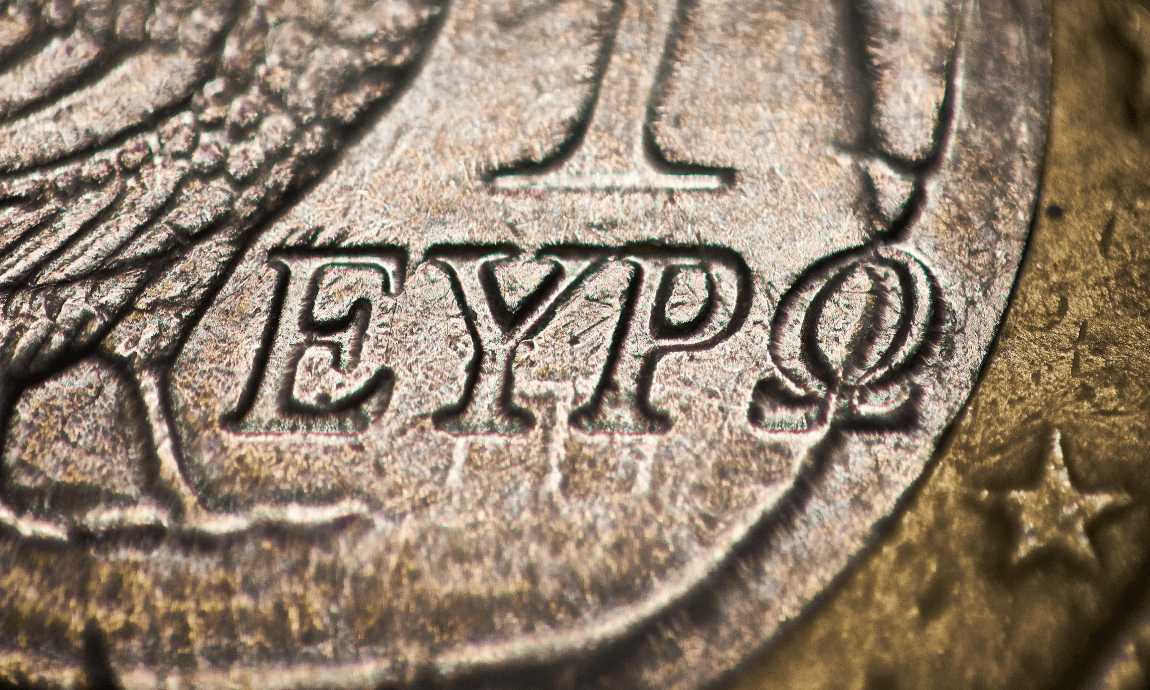Euro declined near $1.17 against the US dollar on Tuesday morning amid the growing concerns for the Eurozone’s economic recovery in Q2, over the slower vaccination campaign, and the fresh lockdowns as Europe continues to battle with a third pandemic wave.

Surging Covid-19 cases in Europe and the slower-than-expected vaccination campaign caused by AstraZeneca’s vaccine delivery delays have been weighing on the European economic prospects, increasing the downward momentum of the common currency.
The worsening covid conditions have caused many countries such as Germany, Spain, Italy to tighten restrictive measures until mid-April, while France announced a new record of fresh virus cases and hospitalizations.
Stronger US dollar:
The common currency is driven lower as the greenback continues its rally towards yearly highs boosted by the elevating US Treasury yields, and the improved US economic outlook.
The 10-year Treasury yields climbed to a 12-month high of 1.78% on Tuesday afternoon on expectation for higher inflation amid the stimulus plans and rising commodities prices.

The DXY-US dollar index against six major currencies jumped as high as 93.45, its highest since November 2020. The greenback bounced off recent lows of 89 over the expectations that the massive fiscal and monetary Covid-19-relief packages coupled with the aggressive vaccination program would boost the economic recovery after the pandemic in the United States.
Greenback was stronger across the board on Wednesday, ahead of President Joe Biden’s speech regarding his $2.25 trillion infrastructure plan, and Friday’s monthly US Non-Farm Payrolls. Biden said on Monday that 90% of adult Americans would be eligible for vaccination by April 19, weighting positively to the US dollar.










